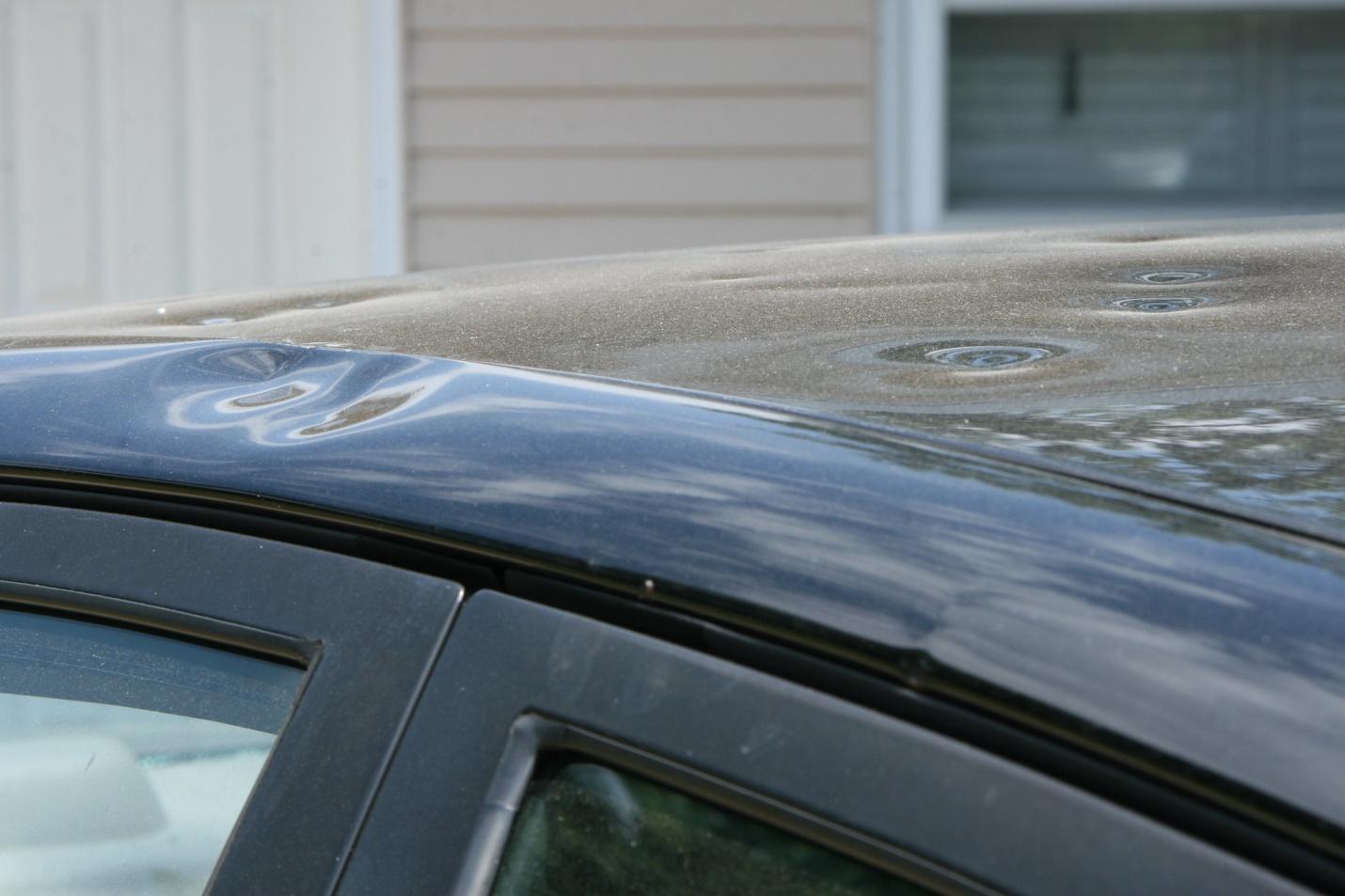
In recent years, the automotive repair industry has seen a growing emphasis on sustainable practices, largely driven by increased environmental awareness and regulatory pressures. One of the areas where this shift is notably impactful is in dent repair, specifically through the adoption of Paintless Dent Repair (PDR). This method is not only effective for removing dents and dings but also offers a significantly greener alternative to traditional repair techniques. This article explores the environmental benefits of Paintless Dent Repair, contrasting it with the more conventional methods that rely heavily on body fillers and paint.
Traditional Dent Repair and the Environment
Traditional dent repair typically involves several environmentally detrimental steps: sanding the damaged area, applying plastic fillers, and repainting. Each of these steps has specific environmental impacts:
- Use of Chemical Fillers:
- Traditional repairs often use polyester-based fillers to reshape the dented area. These fillers can release volatile organic compounds (VOCs) during application and curing.
- Painting Processes:
- Repainting a repaired area involves solvents and paints that emit VOCs. These compounds contribute to air pollution and can lead to health issues for workers due to prolonged exposure.
- Waste Production:
- Traditional methods generate waste, including used sandpaper, leftover paint, and solvent containers, contributing to landfill waste.
Paintless Dent Repair: A Sustainable Approach
Paintless Dent Repair (PDR), in contrast, involves no fillers, painting, or sanding. Here’s how PDR stands out as an environmentally friendly option:
- No Paint or Filler:
- PDR works by massaging the dented metal back into place using specialized tools. This process does not require the application of any materials that contribute to VOC emissions.
- Preservation of Original Materials:
- By maintaining the original paint and materials, PDR avoids the environmental impact associated with manufacturing and disposing of additional materials.
- Reduction in Resource Use:
- PDR is less resource-intensive compared to traditional methods. It requires fewer consumables, which means less manufacturing energy consumption and fewer materials needing recycling or disposal.
- Energy Efficiency:
- The energy required to perform PDR is significantly lower than that needed for traditional methods. Traditional repairs often involve the use of electric sanders, paint dryers, and other high-energy tools.
Comparing the Carbon Footprints
The overall carbon footprint of a typical PDR job is much smaller than that of traditional dent repair methods. Traditional methods not only use more energy but also involve materials whose production and disposal have a high environmental impact. By avoiding these materials and processes, PDR offers a repair option that aligns better with sustainable practices.
Broader Environmental and Regulatory Implications
The shift towards more sustainable automotive repair techniques like PDR is also influenced by broader environmental regulations and standards. As industries are pushed to reduce VOC emissions and improve workplace safety, techniques like PDR become more attractive. Additionally, consumer preference for environmentally friendly services is driving demand for green alternatives like PDR.
The Role of Technicians and Consumers
For PDR to make a significant environmental impact, both technicians and consumers play a role. Technicians need to be trained in PDR techniques to ensure they can offer this service effectively. Consumers, on the other hand, can drive demand for greener repair options by choosing PDR over traditional methods when possible.
Conclusion
Paintless Dent Repair not only provides an effective way to fix dents without compromising a vehicle’s finish but also offers an environmentally responsible choice for car owners. As the automotive industry continues to evolve towards sustainability, adopting practices like PDR can help reduce the environmental impact of vehicle maintenance. For eco-conscious consumers and businesses aiming to minimize their ecological footprint, Paintless Dent Repair represents a practical and sustainable solution.






